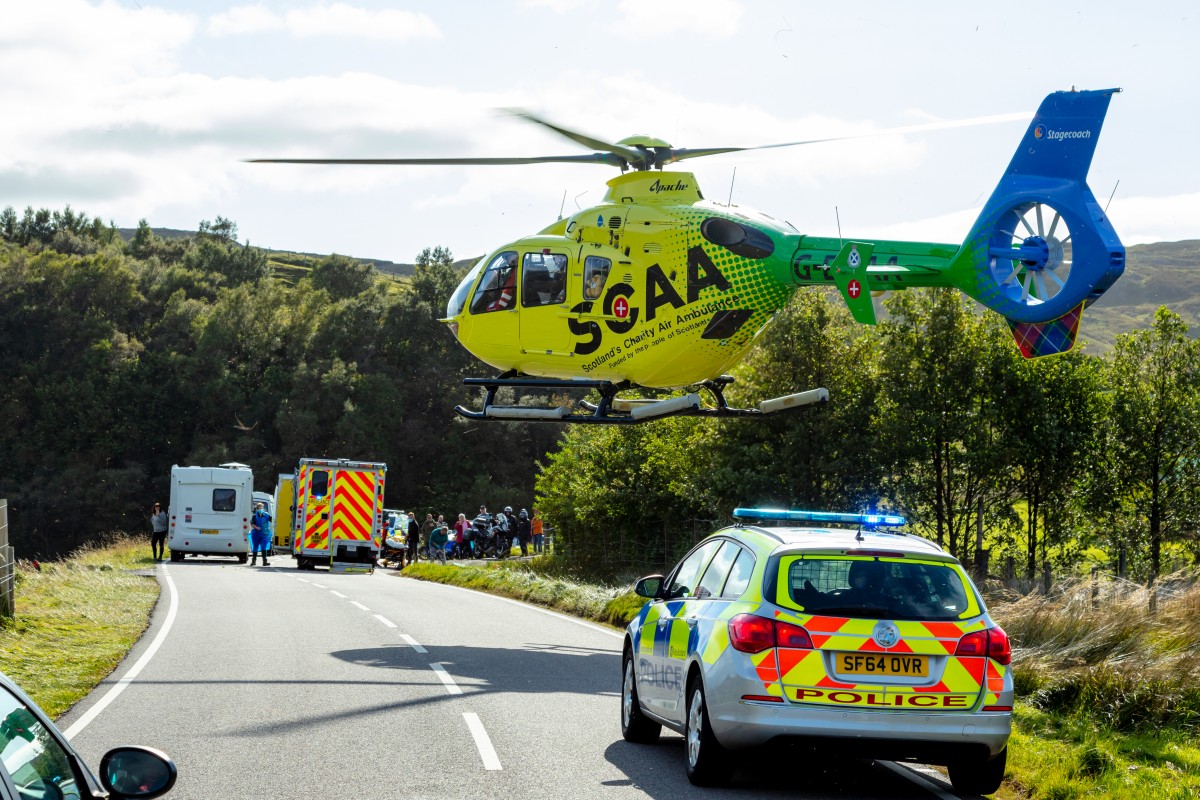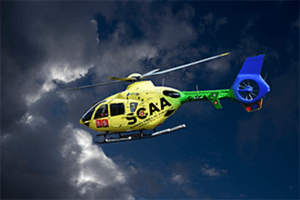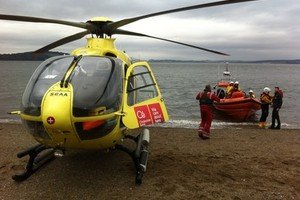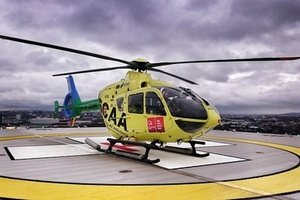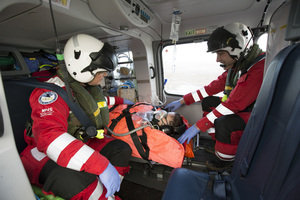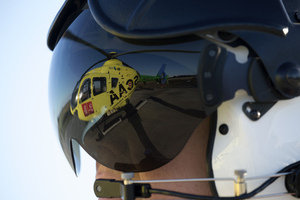
SCAA sees increase in responses to road traffic collisions
Over the past year, Scotland's Charity Air Ambulance has responded to more calls to road traffic collisions (RTCs) than ever before.
Accidents involving pedestrians, cyclists and motorists accounted for nearly a fifth of all call outs, as SCAA crews responded to emergencies involving everything from bicycles to lorries on roads ranging from country lanes to motorways.
The demand for rapid response emergency medical support saw SCAA's helicopters fly to every corner of the country, delivering paramedic or doctor-led teams to those seriously injured and then airlifting them from the roadside to critical care at hospital.
SCAA paramedic Ali Daw is aware that RTCs dominate the charity's workload. In more than two years with the charity, he's flown from SCAA's Perth base to horrific road accidents at both trunk road hotspots and rural backroads all across Scotland. Ali explains how the crew swings into action when the call comes in.
"It's important to gather as much information as possible from the call," he said. "What is the location and surroundings? How many vehicles are involved, how many people, what type of vehicles and what type of collision? Have the vehicles rolled, are the casualties trapped? This all helps us build up an idea of what we might be facing."
As RTCs form a large part of the crews' workload, they often face a common range of injuries and the most in-demand equipment is always on board. This includes a variety of splinting kit such as pelvic binders, traction splints, neck collars, spinal board etc. Also a lot of extrication equipment to get people out without causing them more harm.
"We also carry advanced pain relief and can give certain medications to combat internal bleeding which are often vital at RTCs," explained Ali.
"The nature of this type of emergency means we often have to treat casualties while they are still in the wreckage of their vehicles," he said. "We have to ensure it's safe to move them and we rely on Scottish Fire and Rescue crews to make the scene safe and cut us an access to the patient. It's not unknown for me to climb through a sunroof to reach someone trapped inside."
RTC major trauma patients need to be in hospital as soon as possible - ideally at one of Scotland's four Major Trauma Centres (Glasgow, Edinburgh, Dundee and Aberdeen) within an hour of the collision.
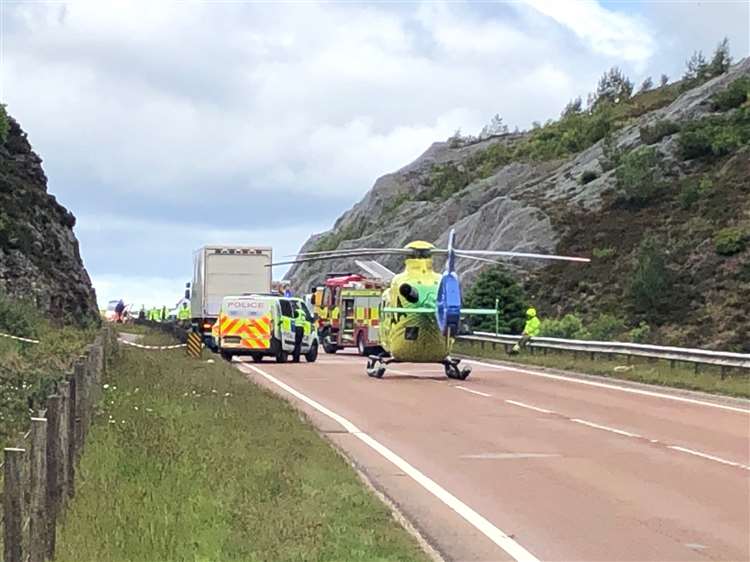
Equally important is getting clinical assistance to the scene as quickly as possible and helicopter air ambulances prove a vital link in any chain of survival because of their speed and agility to access difficult terrain.
SCAA often airlifts advanced consultant-led teams to the accident scene, effectively bringing the A&E department to the roadside and allowing patients to receive hospital level care as quickly as possible even when they're miles from anywhere.
"Scotland's geography adds to the demand for helicopter air ambulances," said Ali.
"In larger towns and cities patients are in hospital within minutes by road ambulance but the situation is very different in the more remote and rural parts of Scotland.
"Often the collision happens a long way from a hospital, where there are fewer ambulances to cover vast areas and where help is a long way away.
"SCAA helicopters are able to access the whole country - and our islands - by flying at 140 mph in a straight line," added Ali, "and they prove invaluable in such cases."
Serious RTCs can be very draining for the crew and they look out for each other and check they're OK afterwards.
"I try never to take it home with me," said Ali. "You have to know you've done your best for those involved."
SCAA paramedics often get to meet those whose lives they have helped to save when patients visit the bases at Perth and Aberdeen to say "thank you".
"You've been with people at probably the worst time of their lives and it's a strange feeling to see them again when it's all over," said Ali.
"Only when they thank you do you realise the impact you have had on them and their family and that this is much more than just a job for us.
"It gives you a great sense of purpose and makes you realise that what we do is worthwhile. I'm very proud to work for the air ambulance service and be involved in making a difference."
